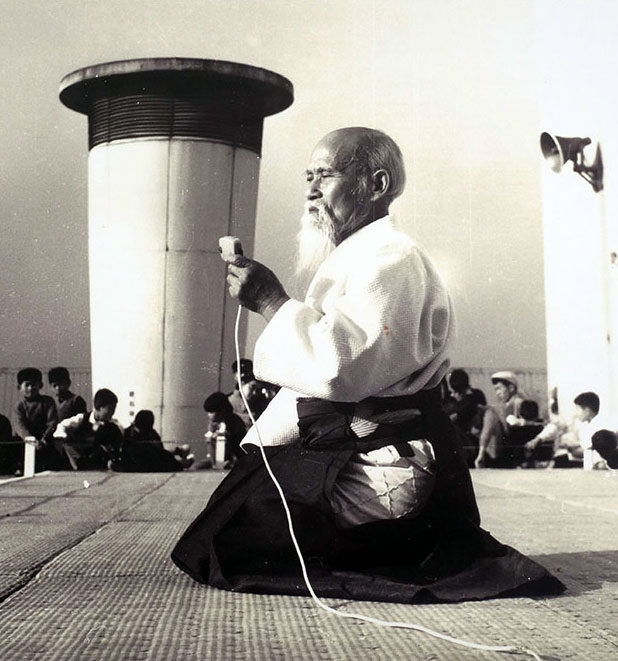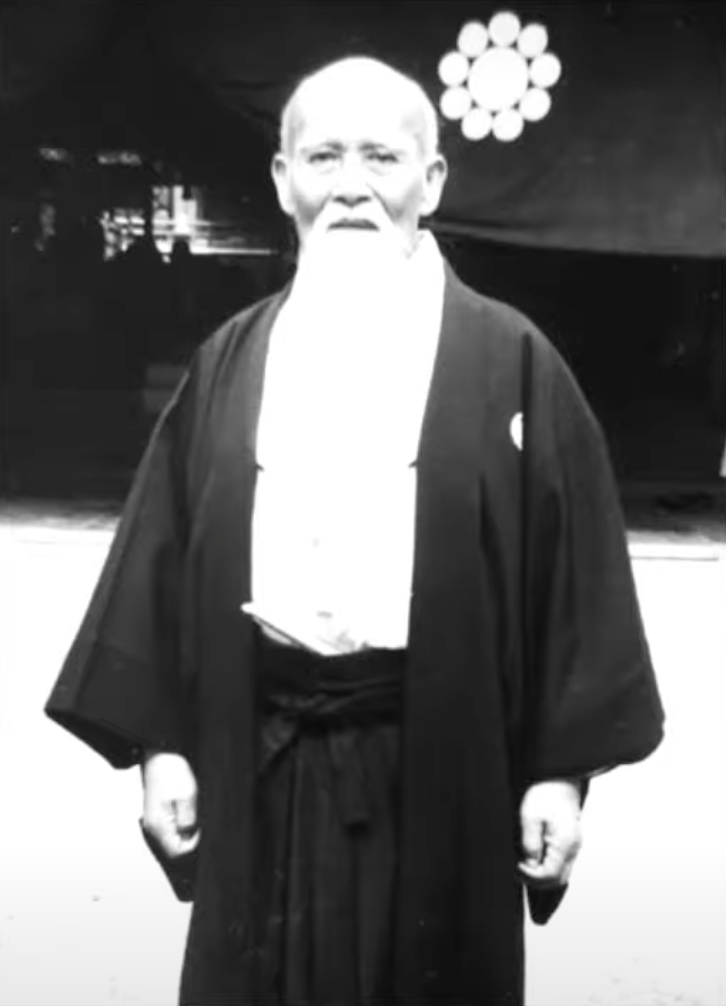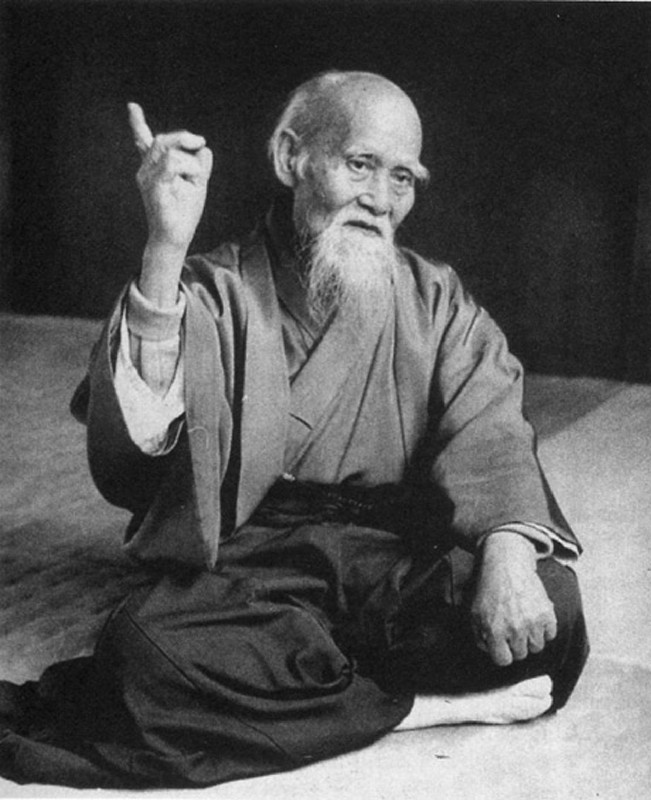
One of the great movies of all time is “Seven Samurai”, directed by Akira Kurosawa. There is a great scene where the lead samurai is scouting for suitable samurai to help defend a farming village from bandits. He instructs his apprentice (deshi) to stand behind a doorway with a wooden sword and as a possible candidate crosses the threshold to strike him on the head! The reasoning being that if he were a real samurai then he would have no problem in defending himself. The first samurai comes through the doorway and successfully defends himself from the surprise attack (“go-no-sen” or “sen-no-sen”). The second samurai stops before even entering the doorway, laughing and saying “jokers!” (“sensen-no-sen”). The third samurai just gets struck on the head! No strategy there!
Here are some important Japanese terms which are used when discussing strategies or timings in a martial arts context:
Go-no-sen:
This refers to a defensive or counter movement in response to an attack. So basically you’re a bit late, the attack is already underway and you are responding to it. Great!
Sen-no-sen:
This is a defensive initiative that occurs simultaneously with the attack of the opponent. You’re perfectly in time, exactly as the attack is coming in, the defensive move is underway. Good stuff!
Sensen-no-sen:
This is a defensive initiative which is launched in anticipation of an attack. This is considered to be the highest level in martial arts strategy.
In an interview conducted in 1957, an interesting dialogue develops, highlighting the attainment of the Founder of Aikido:
O’Sensei: In Aikido, there is absolutely no attack. To attack means that the spirit has already lost. We adhere to the principle of absolute nonresistance, that is to say, we do not oppose the attacker. Thus, there is no opponent in Aikido. The victory in Aikido is masakatsu [correct victory] and agatsu [self victory], since you win over everything in accordance with the mission of heaven, you possess absolute strength.
Interviewer: Does that mean go-no-sen?
O’Sensei: Absolutely not. It is not a question of either “sensen no sen” or “sen no sen.” If I were to try to verbalise it I would say that you control your opponent without trying to control him. That is, the state of continuous victory. There isn’t any question of winning over or losing to an opponent. In this sense, there is no opponent in aikido. Even if you have an opponent, he becomes a part of you, a partner you control only.
So here the Founder’s experience of Aikido strategy transcends psycho-physical confrontations. Well, where does that leave us? Stanley Pranin of Aikido Journal offers the following: “This is a high-level ideal that is attainable only through long years of training….” (link). Sage advice really.
Ethan Weisgard (6th Dan from Denmark) writes a great article (here) about these timing distinctions in Aikido practice. He concludes by saying:
“We should consider [these terms] as a means to help us understand the intricacies of perception in Budo practice, and strive for even higher levels than these terms represent.” (Ethan Weisgard, Copenhagen Aiki Shuren Dojo)
So, try to recognise these concepts of timing in your own training. Sometimes its important to practice the distinctions clearly. In Katete-dori tai-no-henko ki-no-nagare for example, Saito Sensei instructs, “Aite no ki wo yobidasu” – call out the ki of your opponent, the one performing the technique must initiate the movement, call out the attack. This is sensen-no-sen.





Comments